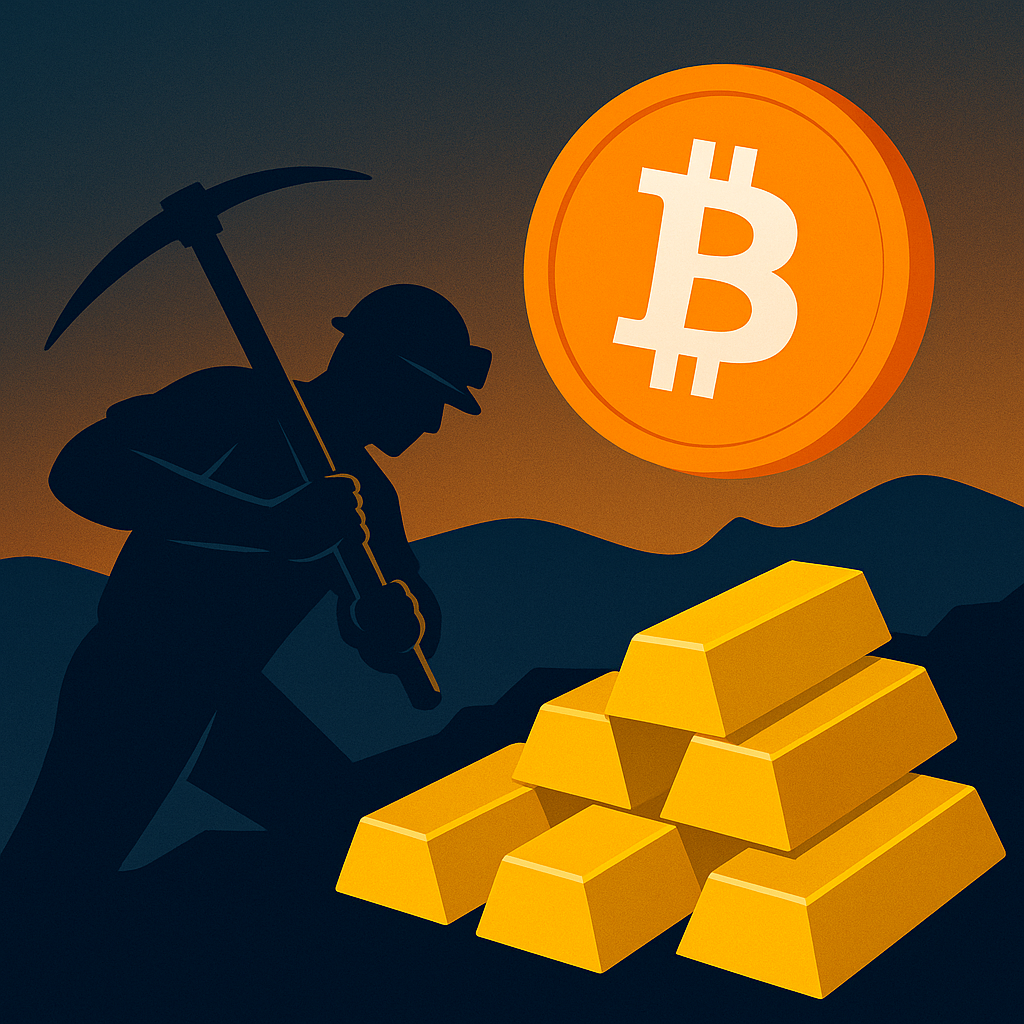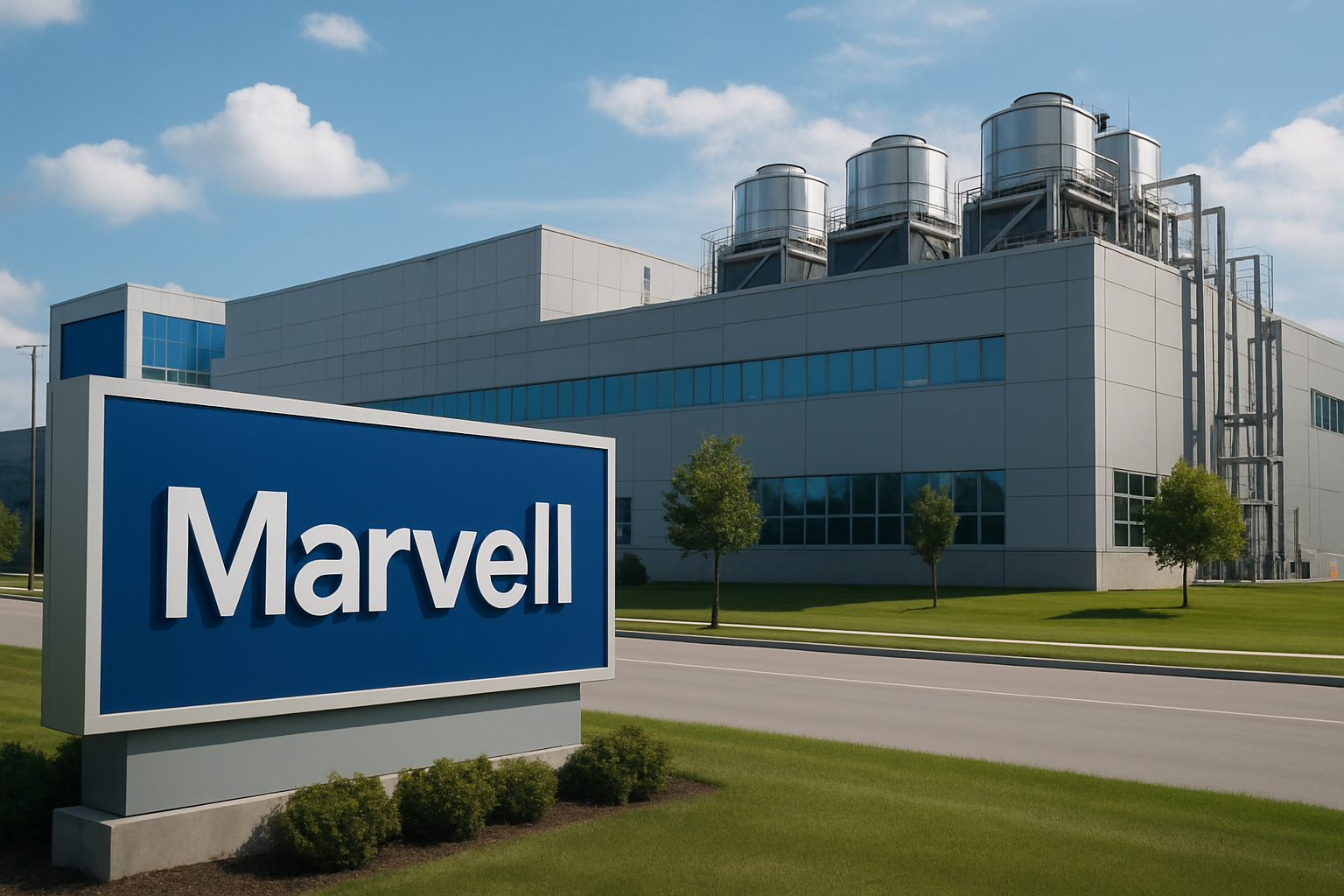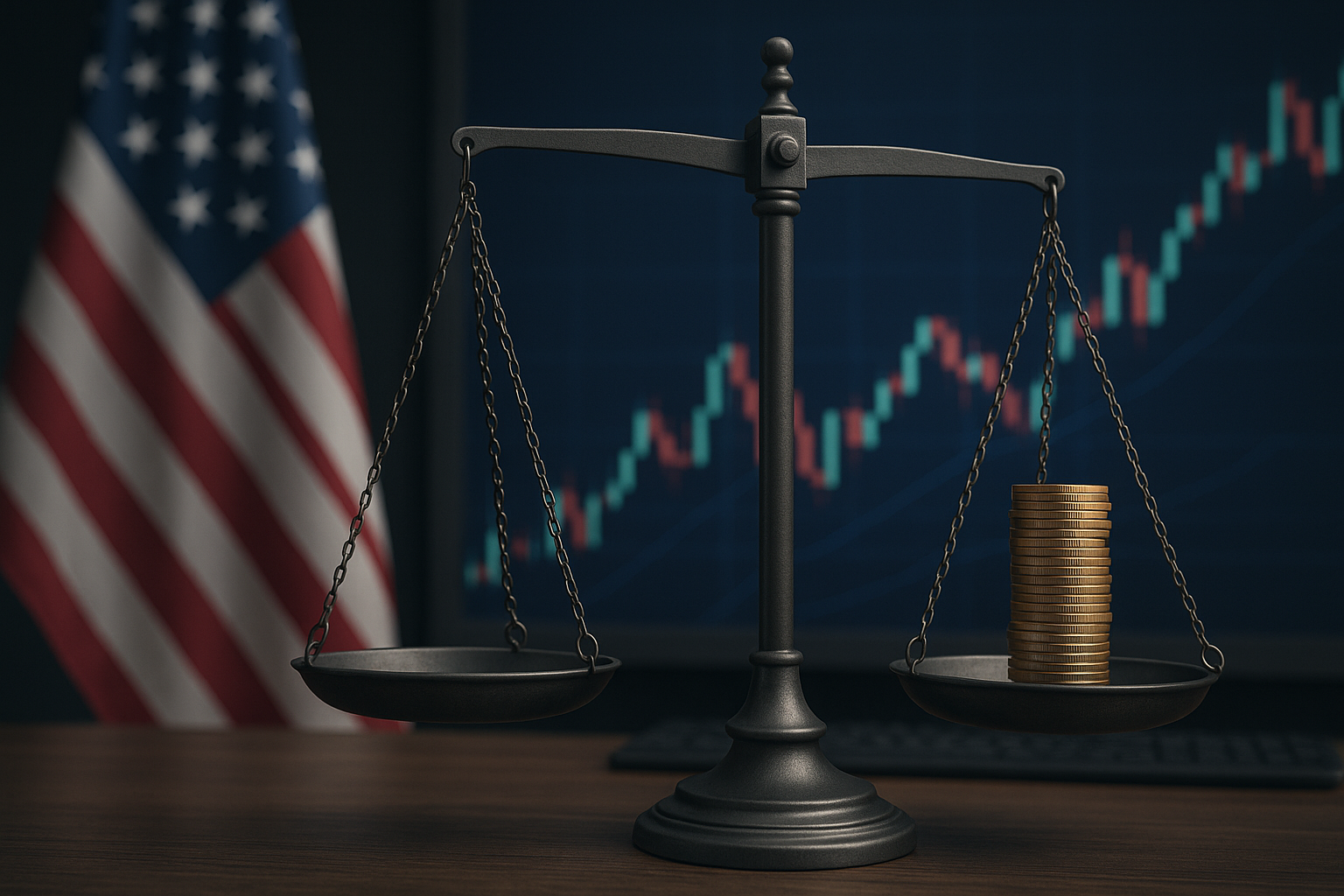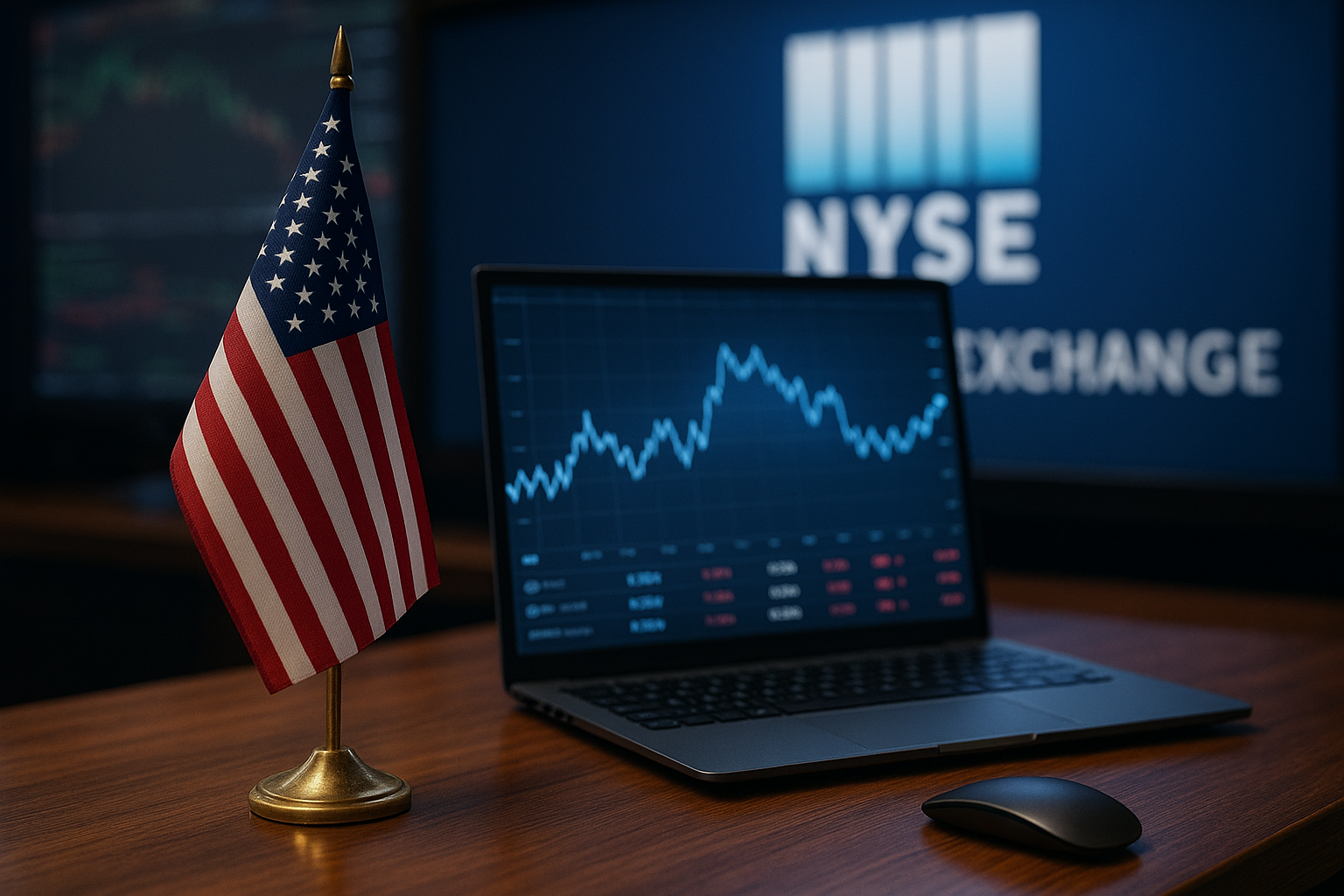In a surprising move that’s turning heads across the commodities and crypto investment landscape, UK-listed exploration firm Hamak Gold has announced the purchase of 20 Bitcoin, worth approximately £1.8 million. The company’s stock price jumped nearly 6% on the news, as investors interpreted the acquisition as a signal of growing institutional confidence in digital assets.
As traditional industries increasingly flirt with cryptocurrency exposure, this crossover between gold mining and blockchain-based finance underscores a powerful shift: digital assets are no longer confined to fintech startups or crypto-native firms. Hamak’s pivot adds weight to a broader trend of non-crypto businesses diversifying their treasuries in search of inflation-resistant, asymmetric growth assets.
Commodities Meet Crypto: A Tactical Treasury Shift
Hamak Gold, known for its early-stage gold exploration projects in Liberia and Sierra Leone, said in a corporate update on July 30 that the acquisition of Bitcoin was part of a “strategic diversification plan” to strengthen shareholder value. The firm sees Bitcoin as a “long-term store of value,” especially amid geopolitical risk and rising concerns over fiat currency debasement.
While this isn’t the first time a publicly traded company has added Bitcoin to its balance sheet, it marks a rare instance of a junior resource company doing so—particularly one with mining operations in precious metals, traditionally seen as Bitcoin’s ideological rival.
The announcement was first reported by ainvest.com, which noted that Hamak Gold has become one of the few UK-listed junior miners to venture into digital assets.
“We believe Bitcoin can complement our core business by preserving capital and potentially enhancing future returns,” said a Hamak Gold spokesperson. “It’s part of a forward-looking approach to long-term value creation.”
Why This Matters for Investors
The news comes at a time when Bitcoin is back in the spotlight. Following the passage of the GENIUS Act in the U.S.—a landmark regulatory framework bringing clarity to stablecoins and crypto assets—BTC has seen a resurgence in institutional flows. The total crypto market cap recently approached $4 trillion, reflecting growing interest across hedge funds, corporates, and now, even commodity-based players.
For Hamak, which is still in pre-revenue phases with exploration licenses rather than producing mines, the Bitcoin move may also serve as a hedge against capital dilution—a common risk among junior miners raising funds through equity issuance.
From an investor’s standpoint, this blurring of lines between traditional commodities and decentralized assets reveals a dual trend: gold remains a physical safe-haven, while Bitcoin increasingly serves as a digital hedge against systemic instability.
“We’re watching an emerging narrative where Bitcoin becomes the ‘digital gold’ in corporate balance sheets,” said Meltem Demirors, Chief Strategy Officer at CoinShares. “What used to be a fringe move by tech firms is becoming more normalized across sectors.”
Broader Trend: The Rise of Institutional Crypto Allocation
Hamak’s strategy mirrors, in miniature, a playbook pioneered by firms like MicroStrategy, Tesla, and Block Inc., which allocated significant portions of their treasury to Bitcoin as both a speculative asset and inflation hedge. While those moves were initially dismissed as risky, they have largely paid off—especially with Bitcoin’s price rebounding sharply in 2025.
Even BlackRock and Fidelity have launched Bitcoin ETF products, facilitating institutional exposure while bringing added legitimacy to the asset class.
For investors, this signals a growing comfort with crypto exposure—not just through direct investment, but via equity stakes in companies that hold or leverage crypto strategically.
Key Investment Insight
The move by Hamak Gold should alert investors to a subtle but important trend: cross-sector adoption of Bitcoin as a balance-sheet asset. Watch for further diversification by companies in traditionally conservative industries, especially those with commodity exposure or capital-intensive operations.
This creates a new class of hybrid plays—firms with core businesses in traditional sectors, but with secondary exposure to Bitcoin upside. For investors with a balanced risk appetite, such companies offer a twofold thesis: real asset fundamentals, combined with crypto momentum.
Stay informed on how legacy sectors are being redefined by digital assets and evolving financial strategies. Follow MoneyNews.Today for sharp, timely coverage on crypto convergence, market shifts, and what they mean for your portfolio.





